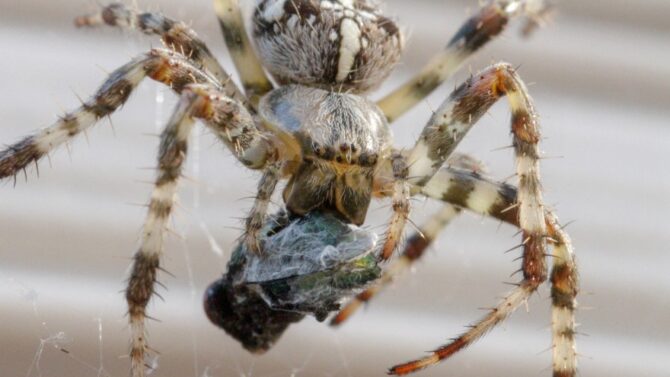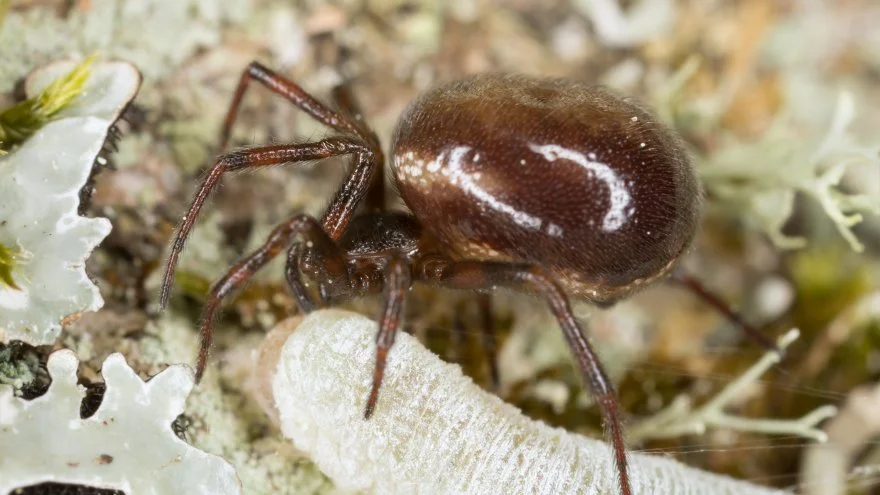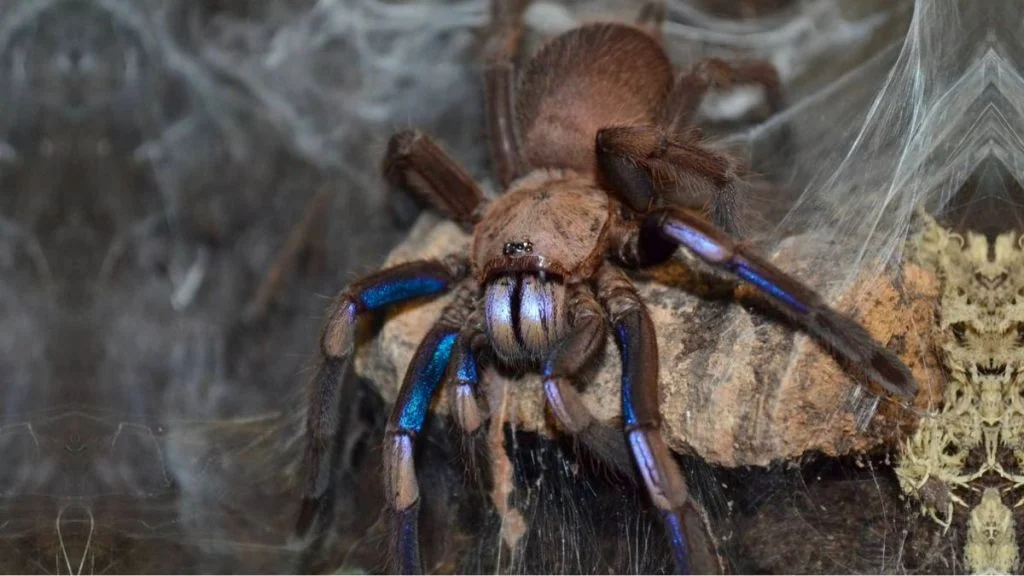Tarantulas belong to the Theraphosidae family and are one of many spider species—though they are quite bigger than others.
Their body size can grow up to 5 inches long and weigh as much as 1 to 3 ounces.
More interestingly, due to their slow metabolism, tarantulas can survive very long periods without food. But how long can tarantulas go without eating food or drinking water? ‘You may well ask!’
Due to their incredibly low resting metabolic rates (RMR), tarantulas can go without food for extremely long periods, up to two years without eating. However, they can only stay for a few weeks without water to remain healthy.
Also, before it undergoes molting, a female tarantula will usually stop feeding for up to four weeks in preparation for new growth.
Tarantulas: Basic Features
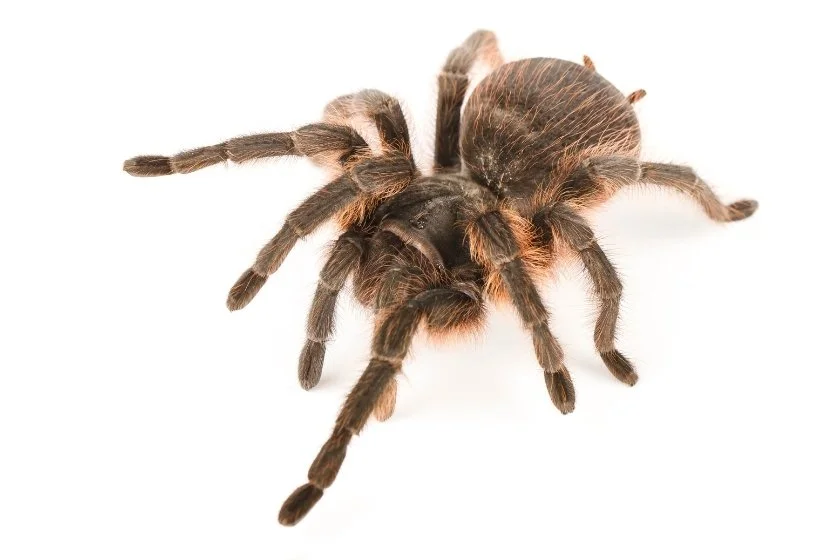
Tarantulas possess certain biological traits and behaviors which in one way or the other, contribute to their impressive ability to go for long periods without food as well as their general existence. Some of the features of Tarantulas include:
- Body physique/structure: The body structure of the Tarantulas varies from one gender to another. The female has a sturdy body with brown hair, while the male has a skinny body with black hair. Their body generally has two parts; the cephalothorax and the abdomen opisthosoma.1 Other body features include eight legs and two antennules.
- Life Span and size: Female tarantulas can live twice the lifespan of their male counterparts, who can live for 10 to 12 years. In the case of size, some species grow as long as 3 to 4 inches.
How Long Can Tarantulas Go Without Eating?
Many spider species are known to stay long without eating, and the list includes the tarantula.
The latter can survive without food for up to several weeks, months, and even years, depending on the individual in question.
This is an advantage for the tarantula both in the wild and in captivity. These spiders can strive in an environment with scarce food, and if you’re a pet owner who needs to take a long journey, your pet will survive with fewer nutrients.
How Do Tarantulas Survive For Long Without Food?
Their ability to survive for long without eating is because of some of their activities or body mechanism that enables metabolism and conserve energy. Below are some of them:
Tarantulas have low energy requirements
Very active animals require a robust metabolic rate to power their high activities. However, generally, tarantulas are slow-growing and very passive. They rarely move about in search of food or mate.
They do not require much energy for strenuous activities like most other species. Their passive nature partly explains why they do not take in much food and can go for a long period without feeding.
Furthermore, tarantulas have a very slow metabolic system. Their slow metabolic system means that the food they ingest takes more time to be broken down and digested.
The implication is that one meal may take several days before tarantulas fully digest it and assimilate it into their body.
Tarantulas can survive on only water
Tarantulas can extract nutrients from the water. They, therefore, require constant access to water even if food is not present for a long time.
While they often get water by directly drinking it, they also can absorb water from their meals and through the humidity of their immediate habitat.
Hence, if you take a tarantula away from its natural habitat, you must place it in enclosures above 60% humidity. If their enclosure’s humidity is low, they may become dehydrated, leading to death.
Tarantulas are carnivores
Carnivores generally require less food than herbivores because they can easily get enough protein nutrients from meat (flesh) than from plants.
Also, pet tarantulas don’t require regular feeding from their owners as they can survive on their own by hunting their prey.
How Long Can Tarantulas Go Without Water?
We have established that Tarantulas can stay without food for a long time and survive only on water.
They are, however, known to stay for some time without water though not as long as they can stay without food.
The collectively accepted and proven norm is that adult tarantulas can stay for many weeks without drinking.
However, this is not good for their health. They need access to fresh water so they can drink when needed.
How Long Can Young Tarantulas Go Without Food and Water?
Baby tarantulas, called slings, are frequently molting; hence will not stay without food or water like the adults. They require more nutrition to grow and be healthy.
If you own one, you need to ensure that it gets enough food at least once in three days and a freshwater supply constantly. The absence of these will lead to the death of the young tarantula.
How Do Tarantulas Hunt?
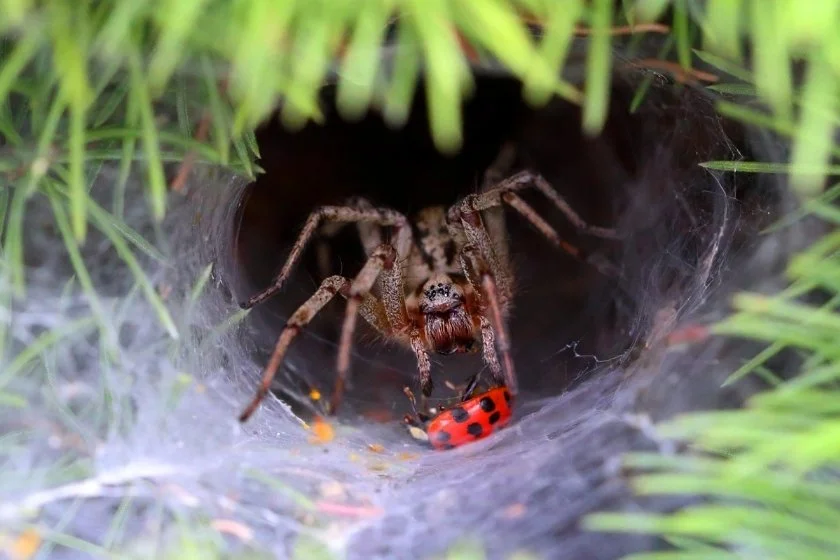
Tarantulas are carnivores which means they feed on other organisms rather than plants. They are mostly stationary hunters who rely on ambushing their prey.
Tarantulas also hunt at night (i.e. they are nocturnal hunters) and prey on different types of insects, and small reptiles like small lizards, snakes, and even frogs.
When a tarantula catches its prey, it bites it with its fangs and releases venom, which paralyzes the prey. These spiders can also destroy their prey using their very strong chelicerae.
Additional Information
Habitat
Tarantulas mostly live in caves and crevices on the ground, but a few live on trees and in silken retreats.
They are mainly passive predators who sit and wait for their prey instead of running after them, thereby conserving energy.
Tarantulas are also nocturnal; we see them rarely during the day, except during mating periods when males search for female partners. Overall, they do not move very far away from their burrows.
Molting
Otherwise known as ecdysis, molting is a process whereby an organism periodically sheds its external skeleton to develop a new one.
Molting in female tarantulas usually happens every ten months before they finally reach maturity.
Shortly before the molting process commences, tarantulas lose their appetite for food. They will often ditch food for a few weeks before they undergo molting.
In addition to their reduced appetite, they will also exhibit a reduction in general activities such as movement and may become much slower than normal.
Reproduction
When a male tarantula reaches a point of maturity, its main activity becomes reproduction.
Potential mating males and females find and attract each other by producing contact pheromones. The females produce silk threads that contain these attractants.
On the other hand, the males have chemoreceptors on their pedipalps (appendages), which they use to contact the female silk.2 After they have made contact, mating males and females begin a courtship.
To mate, the male and female will face each other while elevating their bodies and front legs.
The male may also attempt to relax the female’s fangs after touching her with his second pair of legs by performing irregular beats.
Once they have taken the right position, the male inserts his palps into the female’s genital opening several times before departing to search for other mates.
Sometimes, however, the male may get eaten by the female.
Frequently Asked Questions
Can tarantulas die of starvation?
We have established that tarantulas have the incredible ability to survive several months without food. Still, the question is, can they eventually die of starvation if they are deprived of food for extended periods?
Well, the answer is yes. While they can go for months without food, they can still die of starvation if the period becomes longer than they can bear. However, the chances of them dying of starvation are quite low.
Tarantulas are very adaptive and resourceful as they can obtain food for themselves even when faced with extreme conditions such as famine which presents low opportunities to do that.
How important is water to tarantulas?
Tarantulas are more susceptive to a shortage of water than they are to food. This is why they often continually create burrows near water sources to avail themselves of water supply.
Therefore, if you’re keeping one, you must always provide a dish of fresh water for tarantulas as they require it for survival. However, the water may be shallow to prevent the risk of drowning.
What do tarantulas feed on?
You can feed tarantulas with a diet of crickets, worms, roaches, etc. You also feed bigger-sized tarantulas with small mice and reptiles such as lizards. Adult tarantulas can feed once a week, while younger ones require more frequent feeding, such as every day.
Due to their nocturnal behaviors, feeding tarantulas in the evening is best. They are often kept as pets by different people. If you must take these spiders away from their natural habitat, you should keep them where they can survive independently.
Keepers of tarantulas must take proper care of them, provide good nourishment and keep them in enclosures with high enough humidity.
Conclusion
Tarantulas are nocturnal animals that hunt by injecting venoms that paralyze their prey.
They conserve energy and extract nutrients from water; hence can stay for as long as two years without water but cannot necessarily stay that long without water.
Next Up…
- Chilobrachys sp. Electric Blue Tarantula Care Guide
- Skeleton Tarantula Care Guide 101 (Ephebopus murinus)
References & Notes
- Class Arachnida. [online] Department of Entomology, UNL.
- Chemoreceptor – an overview. [online] ScienceDirect Topics.



